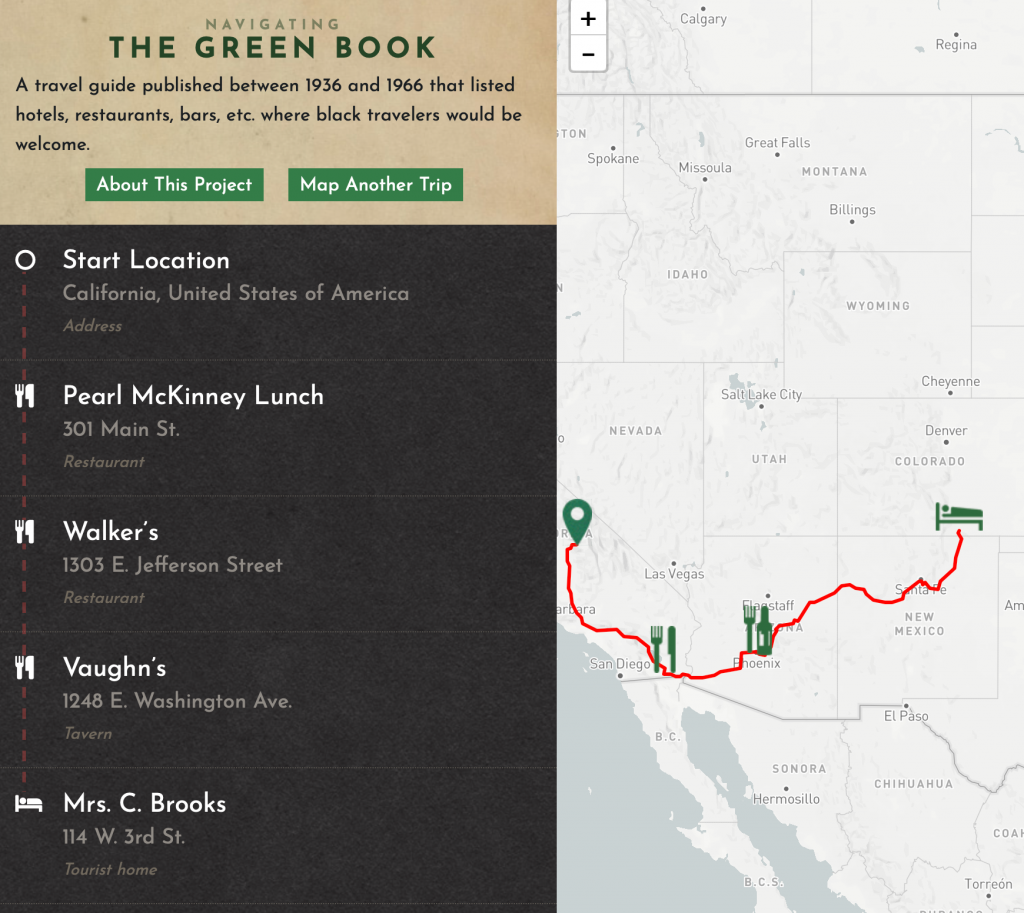The cultural New Deal was an incredible era for innovation. America was reinventing itself and picking up the pieces from the Great Depression. For my final exhibit I decided to discuss immigration regarding Hispano immigrants. My historical question being ‘How did Immigrants experience life during the 1930’s and what do their experiences teach us about America during this time period?’ However, I included Mexican Immigrant discrimination in the Farm Security Administration and then, the different ways the laws discriminated Mexican Immigrants.
I chose to use the glitching skill to showcase and present an argument. I used timeline JS to document the journey to America of a Cuban immigrant, this was used as a way to introduce my historical question. Upon arrival, cuban immigrant Gerardo suffered jobless time periods and starvation as an effect to the Great Depression. Lastly, I used Voyant Tools to analyze similarities or differences In the Manuscripts from the Federal Writers Project and immigration/emigration manuscripts within the FWP. Throughout my exhibit, I decided to leave the glitching gallery towards the end because I was most proud of my work. In Michael Kramer’s piece Using Image Deformance to Rethink Agency and Authenticity in the 1960s American Folk Music Revival, Kramer discusses how “glitching and deformance syncopate our source materials. They allow us to hear the fretwork of history’s complex chordal arrangements with more acumen”. 1 While glitching the photographs of Mexican children, it felt as though I was rearranging their lives, perhaps altering their experiences and all while shifting color qualities. Glitching seems loud, disturbing, and somehow made me think more critically as to how something as simple as a photograph could be altered through code.
The final exhibit assignment reminded me of Trevor Owens Defining Data for Humanists: Text, Artifact, Information or Evidence where he states “We can choose to treat data as different kinds of things. First, as constructed things, data are a species of artifact. Second, as authored objects created for particular audiences, data can be interpreted as texts. Third, as computer-processable information.” 2 I felt as though this assignment did all three of these things because we gathered a primary source that we found interesting, catering to a specific audience (ourselves because we chose it) and as processable information because of our ability to make the source malleable and interpret it in different forms that include the skill aspect.
The history of the 1930’s and New Deal Era has taught me how dependent we are on the policies created by Roosevelt. Social security and welfare are still existent, with the exception that it is more inclusive and not discriminatory. One of my favorite interactive maps this semester was Navigating The Green Book because of the demonstrations depicted. This source made me think about discrimination in America and the changes in time periods. There is a quote in particular that speaks to me, “There will be a day sometime in the near future when this guide will not have to be published. That is when we as a race will have equal opportunities and privileges in the United States. It will be a great day for us to suspend this publication for then we can go wherever we please, and without embarrassment. But until that time comes we shall continue to publish this information for your convenience each year.” 3 This quote makes me reflect on the changes of America, and more importantly how much more culturally accepting we have become throughout the years.
I will continue to be a great digital citizen by not lying online, and learning to use a password manager. As stated in the article Three Essential Steps to Make Yourself More Hack-Proof it states that in order to protect your identity and important information, “All you’ll ever need to know is the master password. The rest of your passwords are encrypted, and can only be unlocked by that master password.” 4 The biggest takeaway from this class was the copyrights section. Content like twitter and facebook make it easy to reproduce content that it already created. Therefore, being more mindful of copyrights is a big takeaway from this course.
http://jessicadoeshistory.com/cnd/exhibits/show/immigration1930
Thank you.



